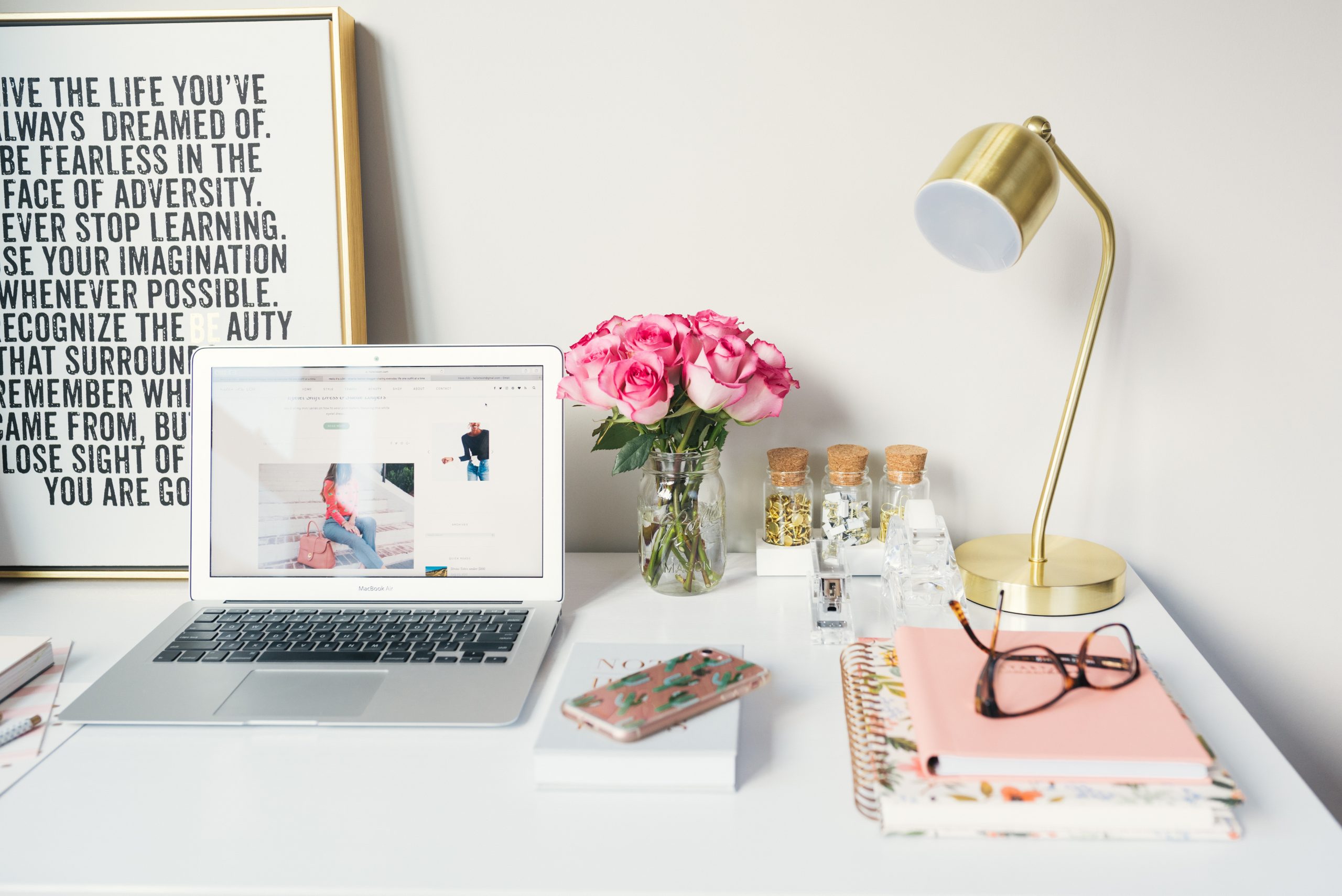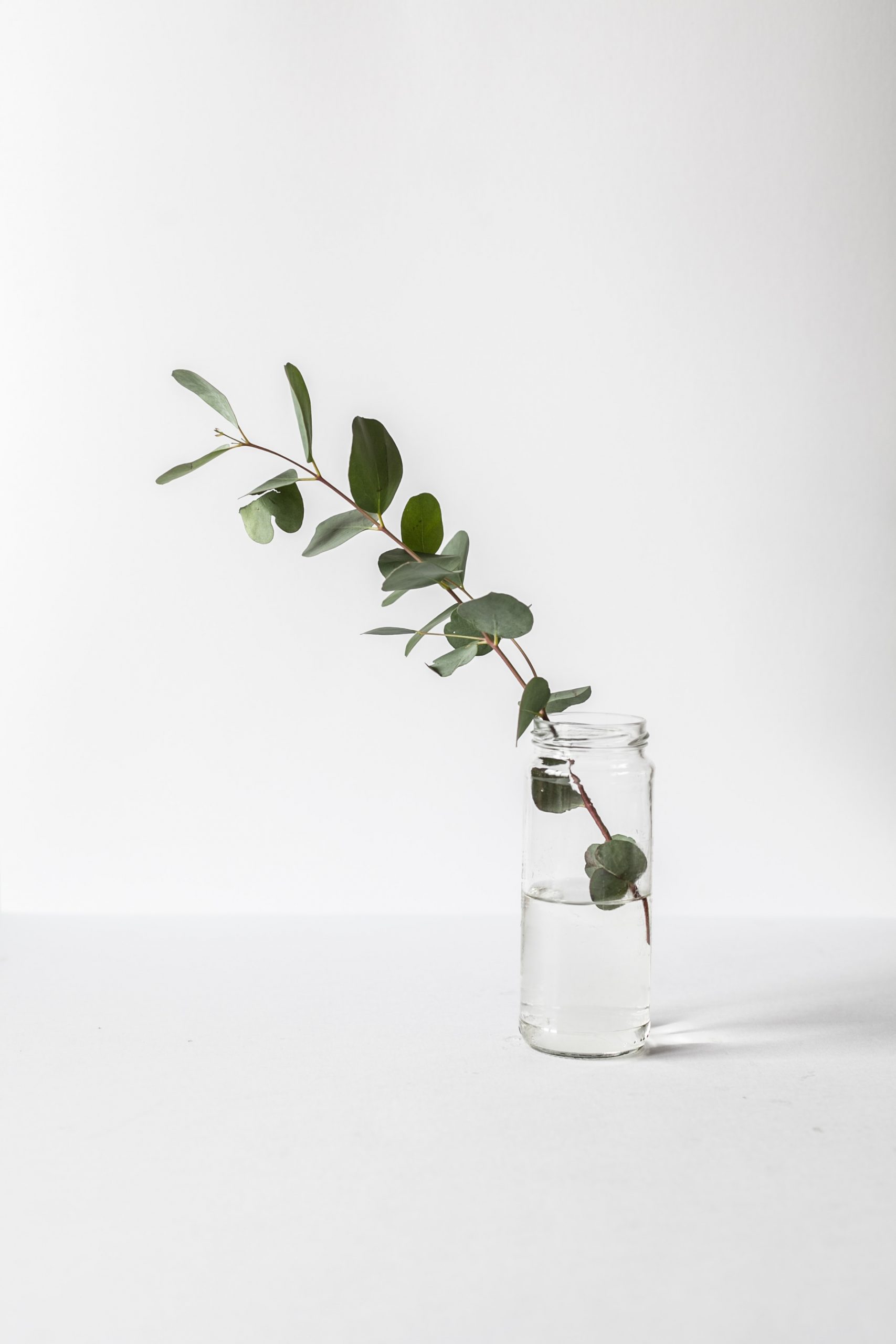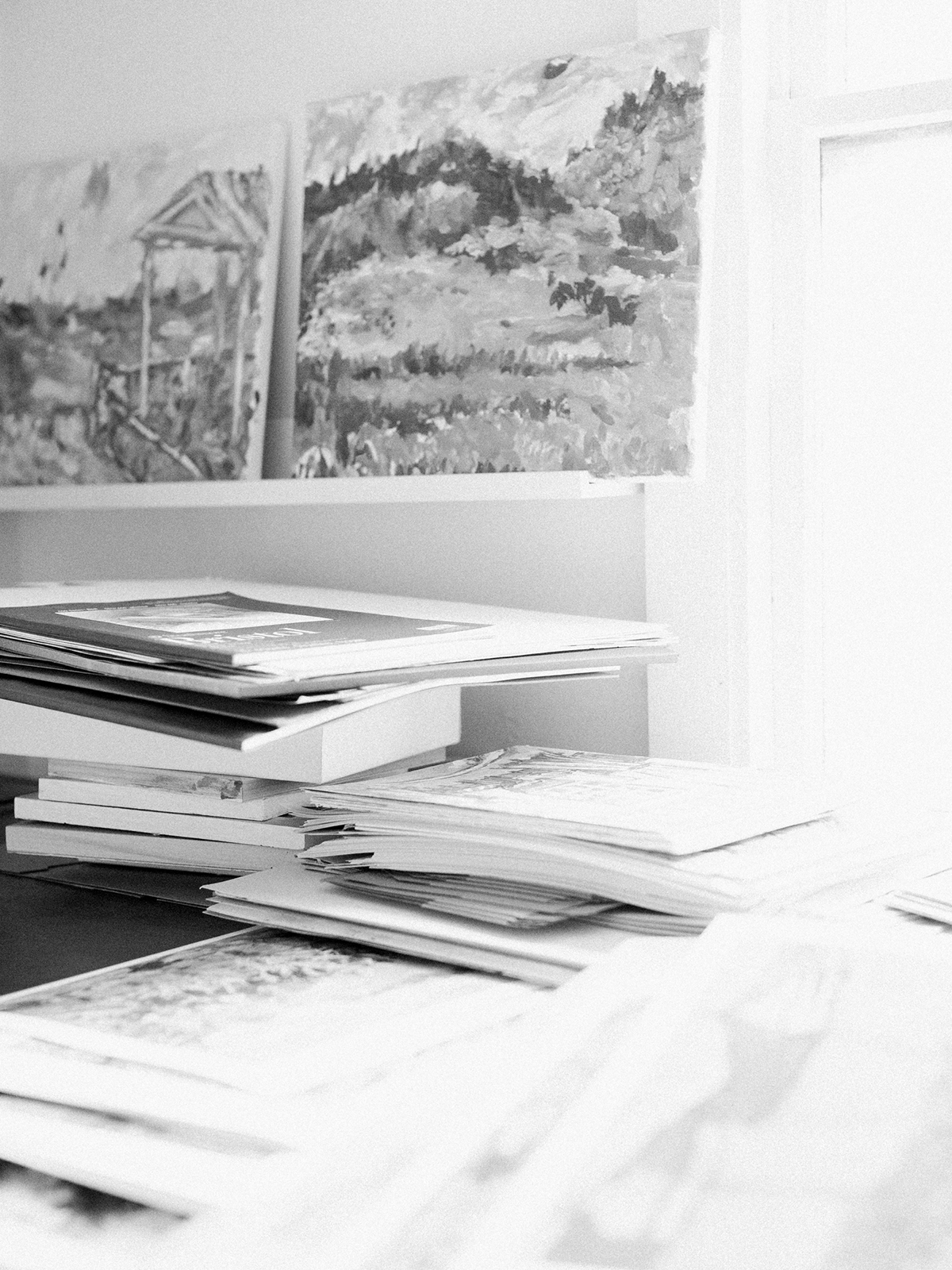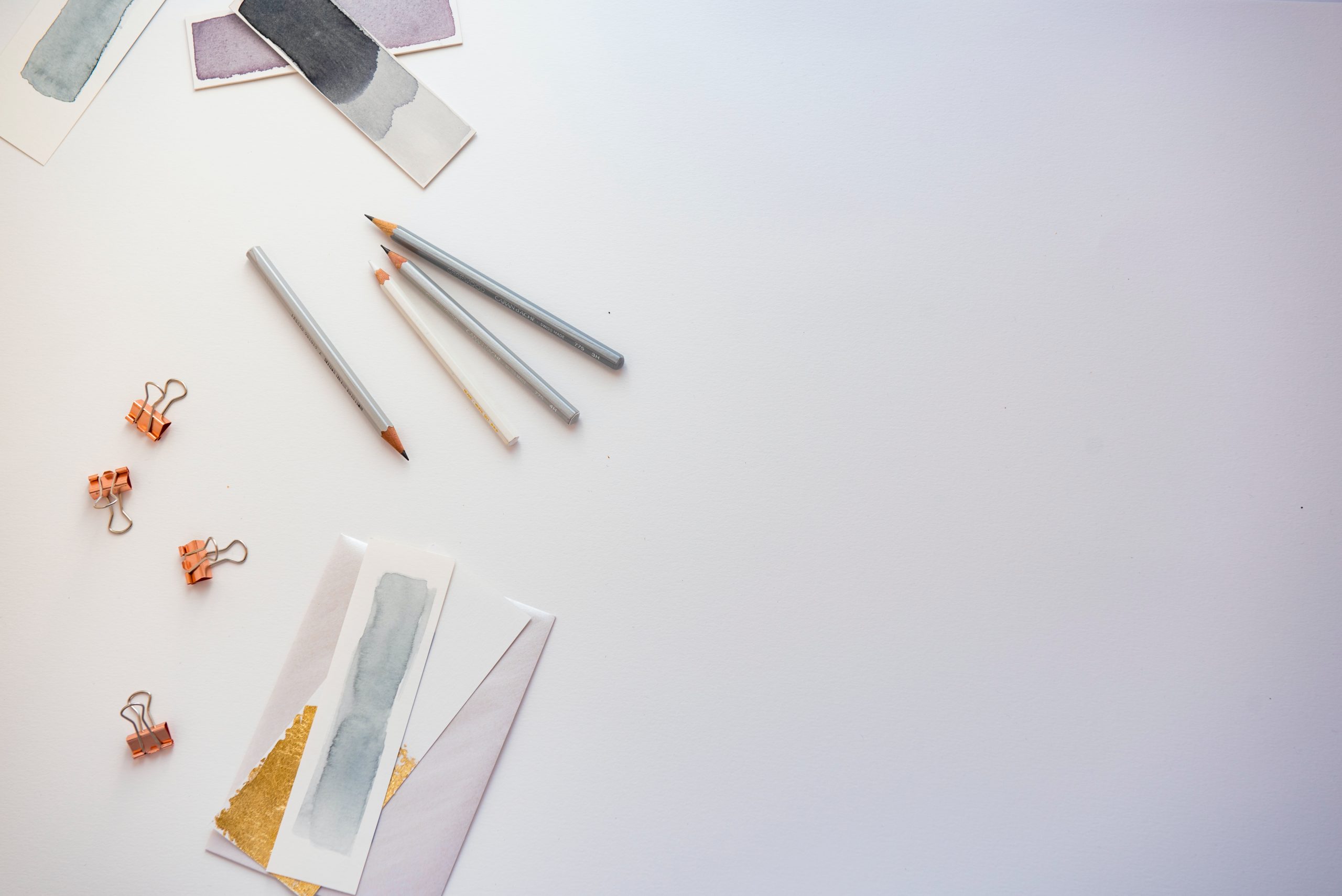
Why White Space and Typography Matter in Minimal Design
Why White Space and Typography Matter in Minimal Design
White space and typography can be powerful tools to draw attention to your content. The right use of white space and typography can create powerful visual statements that balance design and messaging. In minimal design, white space is used purposefully to create the opportunity for viewers to interact with content. It not only serves as a visual cue separating distinct elements, but it also creates tectonic pauses in the viewing experience that allows viewers to absorb information.
Typography, like white space, can provide visual cues to how content should be consumed. Its use on page layouts is paramount in minimal design as it works in conjunction with composition, color, images, and white space to form a cohesive experience for viewers. When used correctly, its ability to attract the eye visually increases the readability of text elements and its readability brings an element of beauty within those textual elements that get appreciated by most users.
These two components alone can help establish structure within a web page which helps maximize user experiences. Therefore, understanding why and how these elements work together is essential for creating harmonious forms of minimal design actively suited for purposeful interaction with viewers.
What is White Space and Why is it Important?
White space, also referred to as negative space, is an area of a design or page that is left intentionally blank. This area is often filled with a lot of nothing—or very few design elements—and it helps bring clarity and focus to the design. Using white space efficiently can make your design look aesthetically pleasing; without it, there will be too many elements competing for attention.

On websites, using white space strategically can help guide a user’s eye around the content and make the experience more enjoyable. It creates a visual balance between elements on a page, making sure there is enough room for all of them to stand out without overcrowding each other. White space allows text to breathe and gives readers time to digest what they are seeing before moving on to the next element.
Typography is another crucial element of minimal design. When used effectively, typography can create emotion and guide users through an interface with ease. By carefully selecting fonts that fit your brand identity, you can create visuals that draw attention in an appropriate way. The best typographic designs are created when every element works together harmoniously while focusing on readability and legibility—making sure text stands out from the background image or color while highlighting important information around it.
What is Typography and Why is it Important?
Typography is a critical element of minimal design and it’s important to understand the subtle yet powerful influence it can have on a viewer’s experience. Typography is the art and technique of arranging letterforms to make written language readable, legible and appealing when displayed.
White space—or negative space—refers to the area around text or images in a design. This area can be used to create contrast, set off certain elements, establish relationships between elements, give elements visual impact or just add balance. Layouts need both positive and negative space in order for elements to be properly organized and visually appealing.
Typography impacts how readable and visually pleasing your design is; white space serves as a crucial part of the overall composition by providing contrast between different parts of the design. Whether it’s line spacing between paragraphs, tracking (space between groups of letters), or kerning (space between individual letters), all that fine-tuned spacing assures your viewer has an engaging experience with your work!

How White Space and Typography Create a Balanced Design
White space, also known as negative space, and typography are fundamental elements of minimal design. They both affect how readers perceive the visual hierarchy, influence readability and help users navigate content. By harmonizing these two components of design, a sense of balance is achieved that conveys an effortless aesthetic appeal.
White space simplifies the visual layout by creating breathing room around sections and between elements. This empty space creates groups within the page architecture and helps to clarify the page structure. By allowing text to stand out from background images or color blocks, white space creates clear pathways for users to follow through with content and reduces distractions from design features that do not add value.
The typeface used in minimal design should also be simple and clean in order to create an uncomplicated look consistent with the minimalist style. Readability should always be a priority when choosing typeface; legibility ensures that visitors can readily interpret text on pages without difficulty or frustration. Serif fonts generally offer better readability than sans-serif fonts because they are easier to distinguish; however, sans-serif fonts offer more versatility when combined with other typographic elements, such as illustrations or bold headlines.
By skillfully manipulating white space with typography in a minimal design project, designers can simplify user interfaces while also maintaining visual appeal and coherence throughout digital experiences. Attentive use of these visual tools will greatly enhance any minimal experience by helping to direct attention toward important instructions or messages on a page in an aesthetically pleasing manner, ultimately providing a better user experience for visitors to websites or apps designed with minimalism in mind.
How to Use White Space and Typography in Minimal Design

White space and typography are two key factors in the success of minimal design. White space allows elements of a design to “breathe”, while typography serves as a powerful tool that can contribute to a design’s simplicity. When used well, they can create an effective and aesthetically pleasing minimalist look.
Using white space effectively means taking care not to crowd your design with too many elements in too small an area. Too many elements crammed into one area are visually overwhelming, making it difficult for the viewer to identify any particular element. Generous use of white space will reduce clutter, making visuals more legible and easier for viewers to follow the visual path your page has established when displaying content.
It is also important not to underestimate the power of typography in minimal design, as this element carries a great deal of weight even in its simplest form. A simple, clear font selection effectively communicates meaning without competing with other visual elements in the page layout. Choosing a typeface that is made up of strong geometric shapes helps create a sense of balance by creating distinct horizontal and vertical lines across the page; this reinforces that there is an underlying structural organization unifying all parts into one cohesive whole.
Alongside selecting fonts that are easy to read at different sizes, elegant font weights should also be considered when choosing fonts for minimal designs because they can help emphasize certain pieces of information while still remaining relatively subtle on screen or in print material.
White space and typography are fundamental elements if you wish to achieve successful results with minimal designs—using them wisely will help ensure that less is always more!
Benefits of Using White Space and Typography in Minimal Design
White space, or negative space, and typography can benefit minimal design by offering a method of making the design appear less cluttered while still delivering a message. It can limit distractions while emphasizing important elements on the page and creating an overall balanced visual appeal. White space can provide enough room between text, visuals, and other items to help create a more user-friendly page. This helps draw focus to the visuals and with greater emphasis than would normally be possible without white space.
In addition to white space, typography plays an important role in minimal design by helping break up the overall aesthetics even further. It also provides an opportunity for readers to interpret information in an elegant way, allowing them to appreciate succinct information that has been given importance within your design’s layout through type size and weight changes as well as placement on the page. Similarly, when reworking existing designs or creating new ones, it shouldn’t be assumed that bigger font sizes always create more hierarchy — each element should be meticulously crafted in order to appropriately deliver its message with clarity.
Carefully choosing fonts through their own unique personality is another key factor when working with minimal designs — styles such as modern sans-serifs may add an element of sophistication or expression depending upon their uses throughout an entire site whilst taking up minimal real estate that shouldn’t detract from essential layout elements such as visuals or white space itself. Typography should aid readability within any web project or interface as part of its primary purpose so using different weights or style variations can help break up content into manageable chunks for users and increase reader engagement over time.
Examples of White Space and Typography in Minimal Design
White space and typography are essential elements of minimal design. While white space is often used to neatly separate content and make it easier to read, typography can help create a more visually engaging layout. When these two work together in harmony, the impact can be powerful.
White space gives the reader a place to rest their eyes between content pieces without being overloaded with visual clutter or text blocks. It also helps ensure that the key points stand out since they won’t be competing with a lot of other elements.
Typography can give readers greater insight into the written content even before they read it due to how it looks on the page. Fonts are powerful tools that can evoke certain emotions and stories as well as indicate which parts of your design should receive more attention than others, making them essential elements of successful minimal design.
These two components can complement each other in various ways depending on how you use them in your layout — smaller fonts will help increase white space whereas larger ones will decrease it; tight line spacing will help emphasize certain words; thin lines for headings breaks up larger areas of content; varying typefaces adds contrast, etc. However, you choose to combine white space and typography in minimal design, using them in balance is key for creating successful layouts that not only look good but also work well for readers.

Conclusion: The Impact of White Space and Typography in Minimal Design
The purpose of minimal design is to reduce clutter and maximize the communication potential of a product or a service. This can be achieved through the strategic use of typography and generous white space. The right typeface helps users find content quickly, especially when there are many pieces of information presented on a single page. White space helps users to easily absorb visual information, attracts the user’s eye, increases readability and understanding, clarifies messages and directs attention to key elements.
Successful minimal designs make use of typography and white space in ways that are both visually appealing and functional. By understanding how these two design elements work together, designers can create designs that are equally effective at communicating their message while still keeping the design minimalistic.


0 Comments